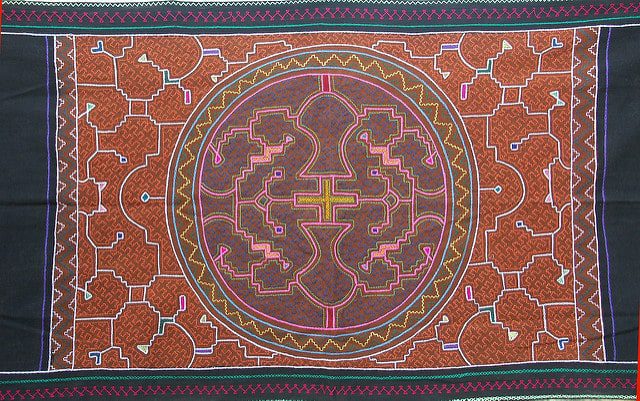In one of his most memorable stand-up acts, comedian Bill Hicks quipped, “Today, a young man on acid realized that all matter is merely energy condensed to a slow vibration—that we are all one consciousness experiencing itself subjectively. There is no such thing as death, life is only a dream, and we’re the imagination of ourselves. Here’s Tom with the weather.” Hicks’ lines here are not just hilarious but also poignant and profound. After all, the recognition that vibration underlies all material existence is not just a silly theory but also a truth found in countless ancient wisdom traditions as well as leading edge physics, cymatics, and string theory. As Hicks sardonically points out, investigating this field is not something you’ll hear about on the evening news or during commercial breaks between your favorite show, but it is a fascinating and significant mystery that some artists, scientists, and visionaries spend their whole lives exploring.
One such intrepid explorer is Tanya Harris, a multidisciplinary sound artist from Ireland who explores the mysteries of sound, matter, vibration, and resonance through interactive art installations. Tanya’s work is heavily influenced by the Shipibo tribe—the Amazonian people who are the caretakers of the ayahuasca tradition—but, unlike many, Tanya’s first introduction to the Shipibo was through their beautiful textiles that visually represent icaros, or medicine songs. Only after exploring their artwork and staying with them in the Amazon did she experience the role of ayahuasca in their tradition. We caught up with Tanya and spoke about her artwork, the Shipibo, and how these realms of art, sound, and ayahuasca intersect.
Thank you for taking the time to speak with us, Tanya. Can you describe how your artistic focus developed and eventually lead you to the Shipibo tribe and your first ayahuasca experience?
I studied a BA in textile design at Chelsea College of Art and Design in London and then went on to study an MA in Textile Futures in London also (now called Material Futures). During my MA, I discovered the Shipibo tribe and how they translate their songs into beautiful geometric tapestries. This blew my mind! Shortly after, I discovered cymatics, the study of geometric patterns created by sound vibrations. After five years studying textile design, I went on a complete tangent in my final year and created the project, “The Architecture of Sound: What Architecture Does Sound Orchestrate?” This body of work explores the relationship between sound and form.
After my MA, I wanted to go back to the root of my inspiration and live with the Shipibo tribe who had inspired me so much. I then discovered the Temple of the Way of Light, and that was the first time I ever heard about ayahuasca. After a bit of research, I was compelled to book my place there for a month-long retreat.
How was your time at the Temple of the Way of Light?
It was wonderful and restoring. Living so close to nature in the jungle was so rejuvenating. The day was like a constant sound bath; waking up to the energetic chitter-chatter of monkeys and birds, then falling asleep to the entrancing sounds of insects. It altered my vibration in a way that I do not fully consciously understand, but I trusted it completely. Being surrounding by nature felt like I was shedding layers of social conventions of the Western world that do not serve me. Shortly after returning from Peru, I returned home to live in rural Ireland after seven years living in London. And now I could not bare to even live in a village, let alone a city.
What was the essence of what you learned from that experience?
True power comes from within. You don’t need to fix your outer reality—when you go within and change your vibration from the inside, everything in your outer reality changes. I highly recommend the Temple of the Way of Light because it offers…authentic Shipibo ceremonies which they have been practicing for thousands of years. During the first ceremony, it was a huge validation to see patterns around Sulmira—the shaman I was working with—as she began to sing to me.
What do you see as the role of psychedelics in the creation of art?
Living in Western society traps us into believing that we are only our conscious mind and body. Yet, from my perspective, our conscious mind and body is only a tiny fraction of our multidimensional self. Nature is multidimensional and so are we. For me, art inspired by psychedelics communicates this.
We are very grateful to Tanya for taking the time to speak with us and would like to thank all artists, comedians, scientists, and explorers who probe the great mysteries of life and share their insights with the world. To stay up to date on Tanya’s work and exhibits, you can follow her on Twitter at @tanyaharris1987.
